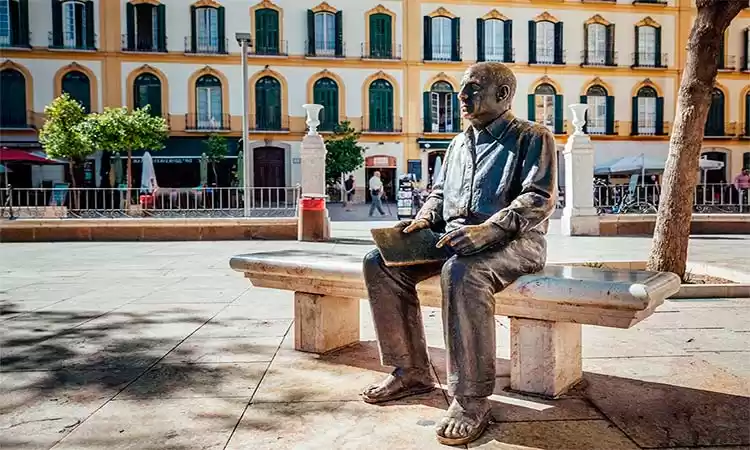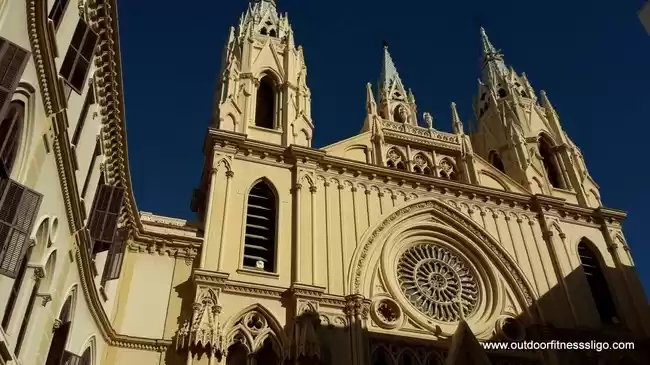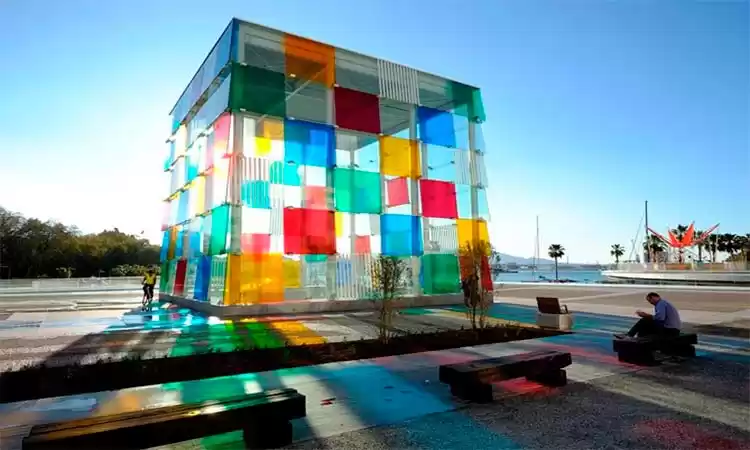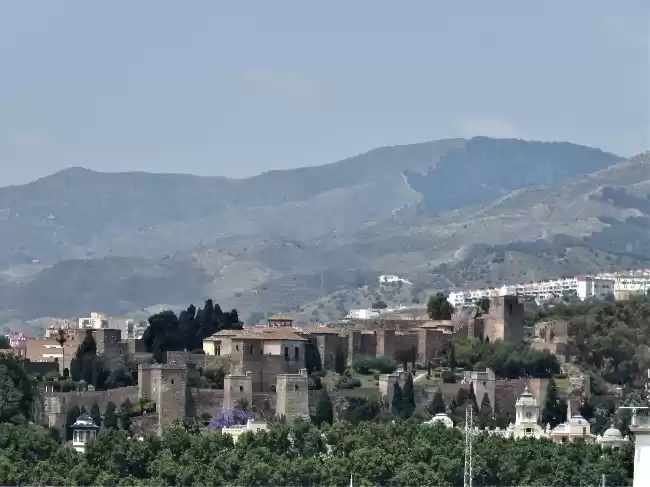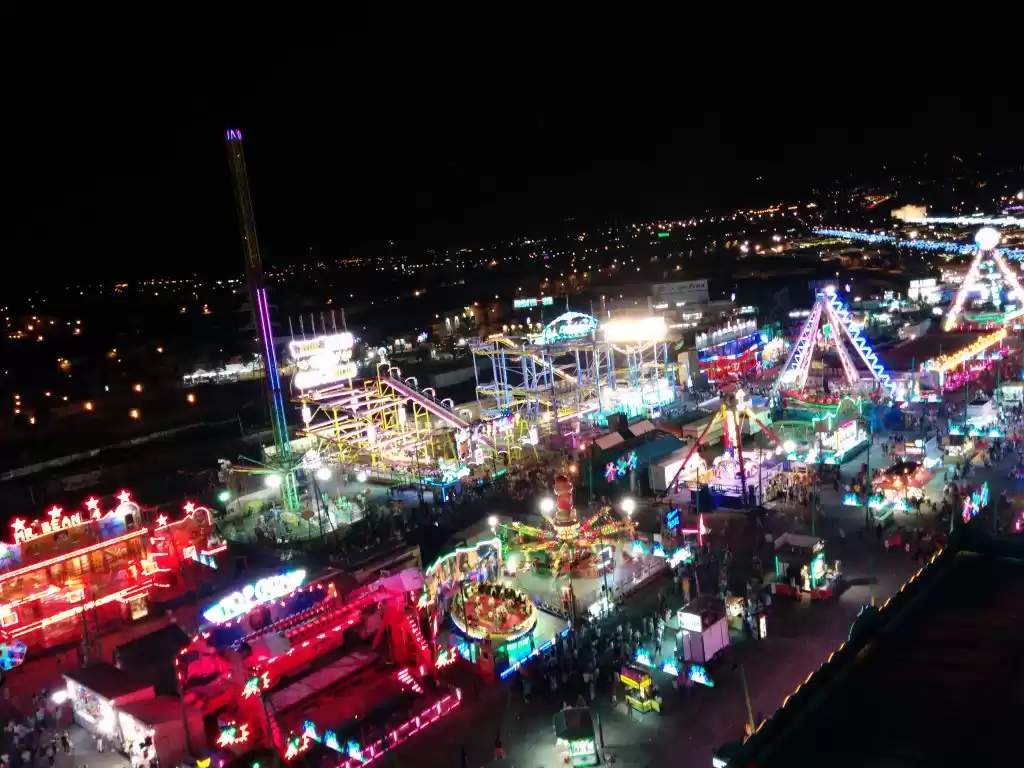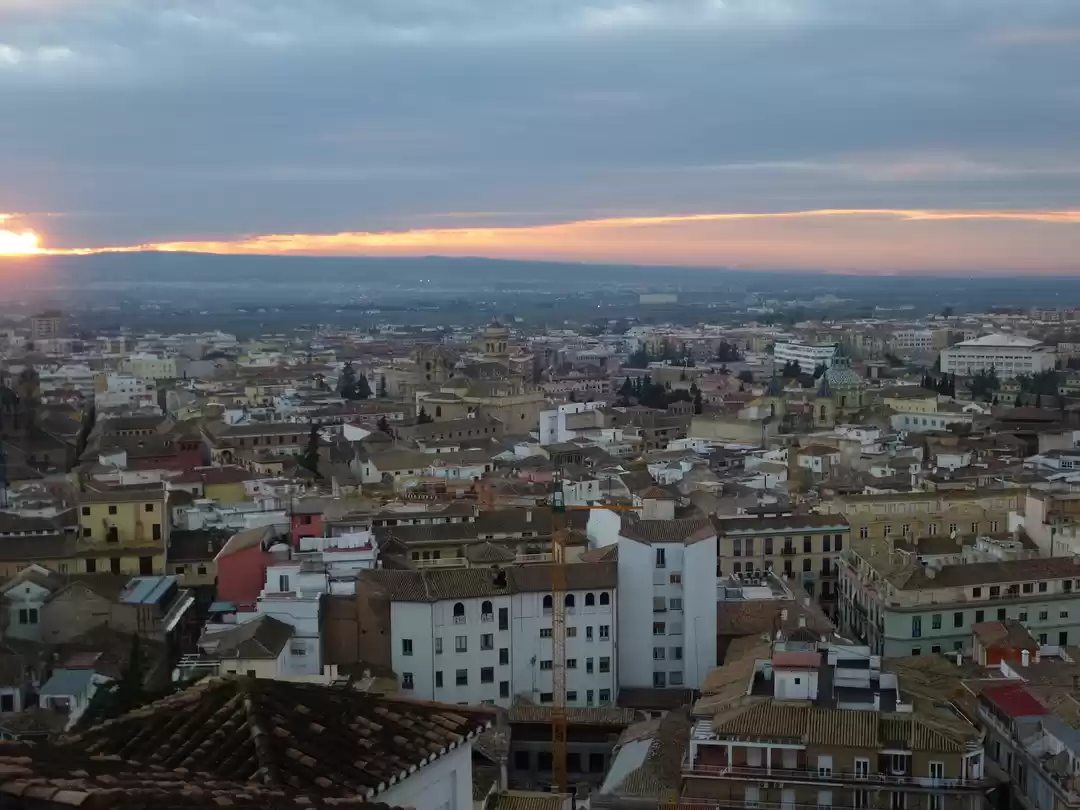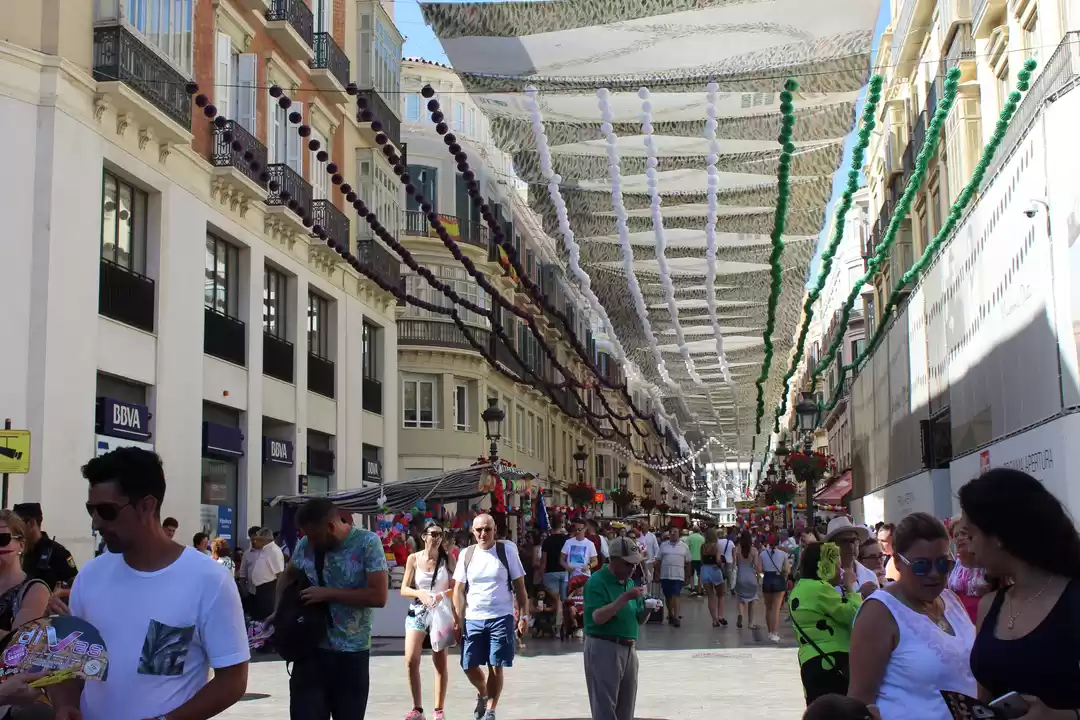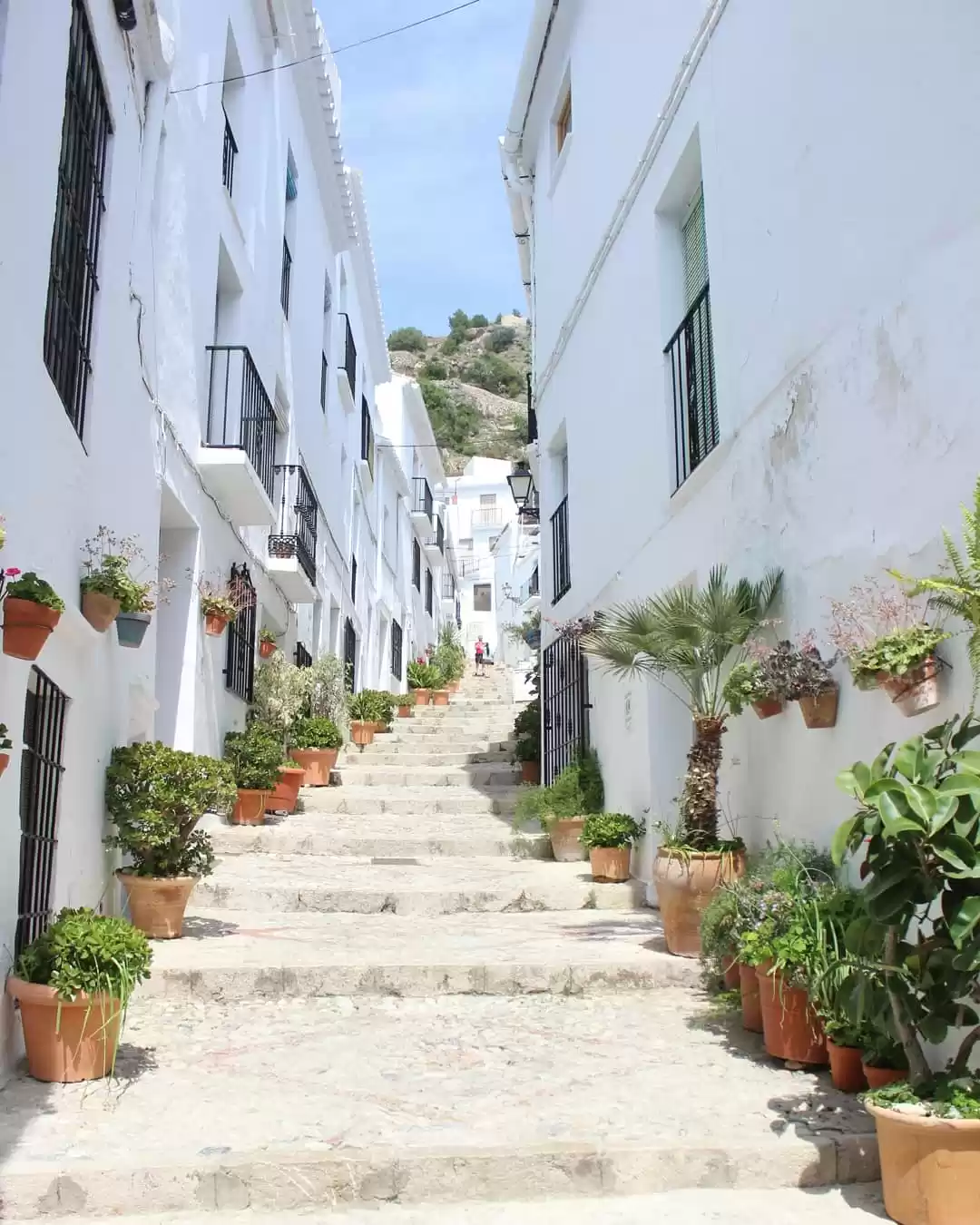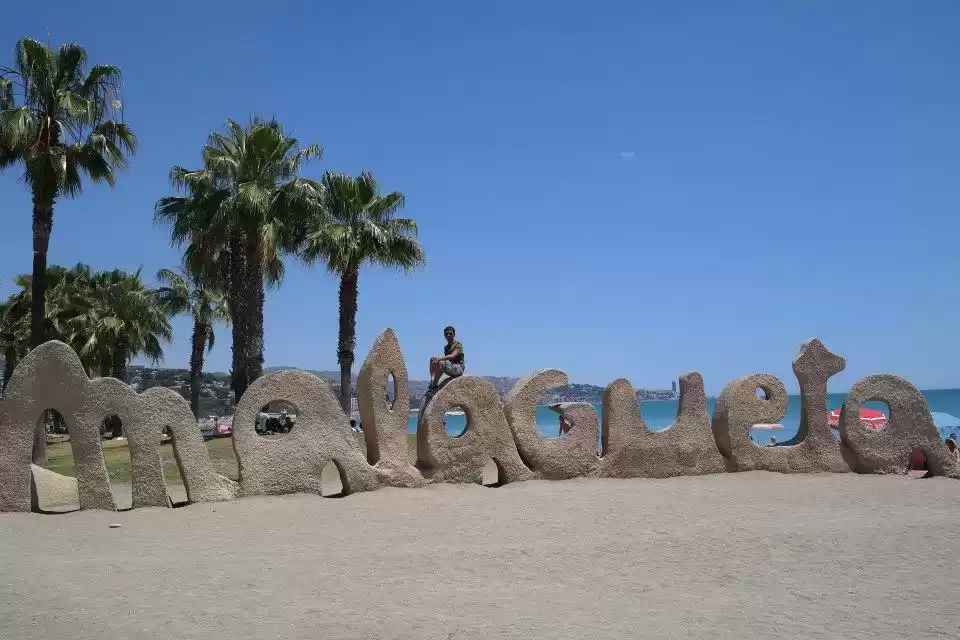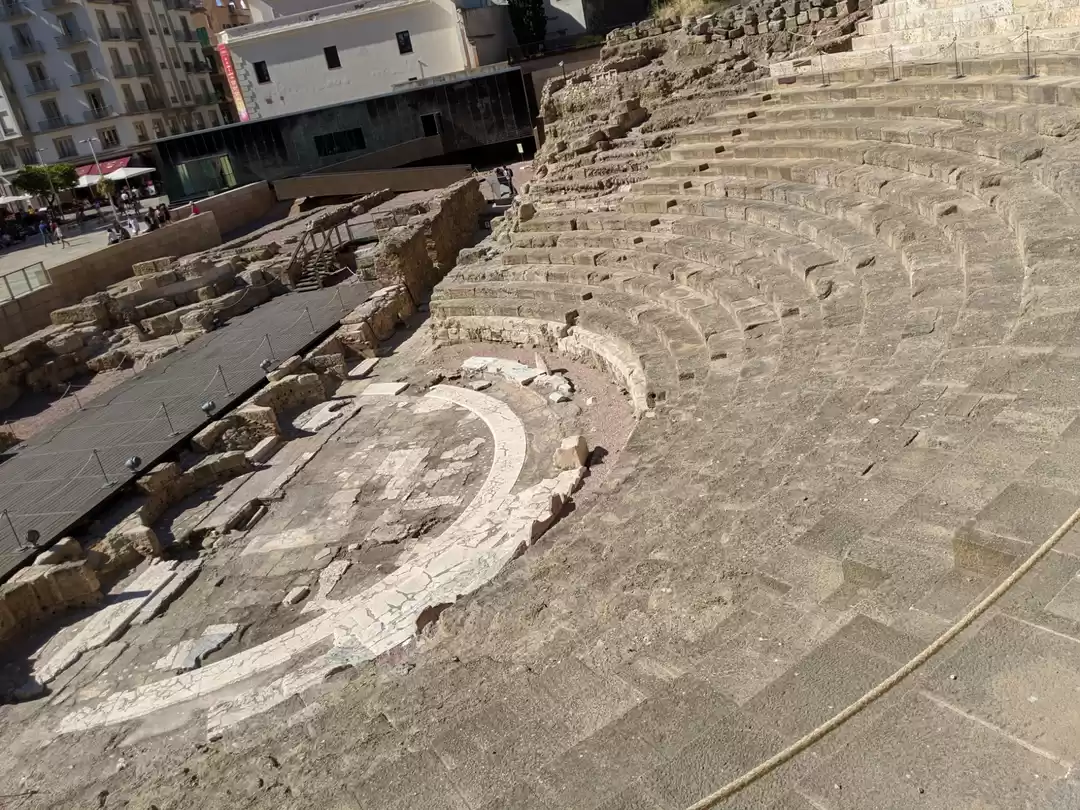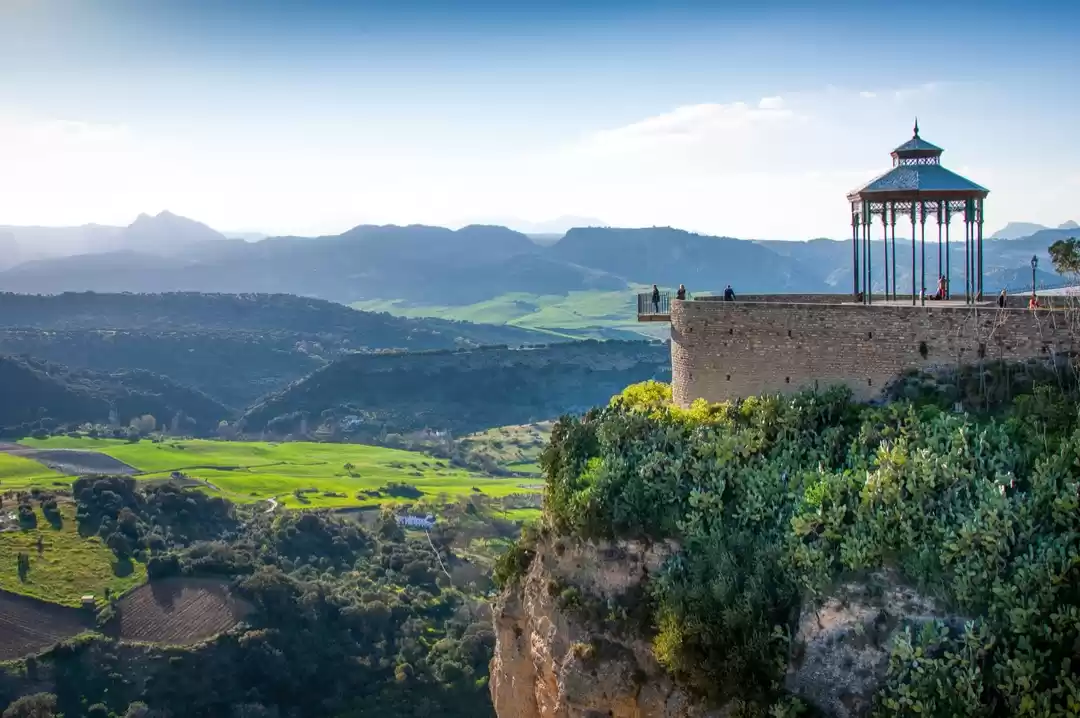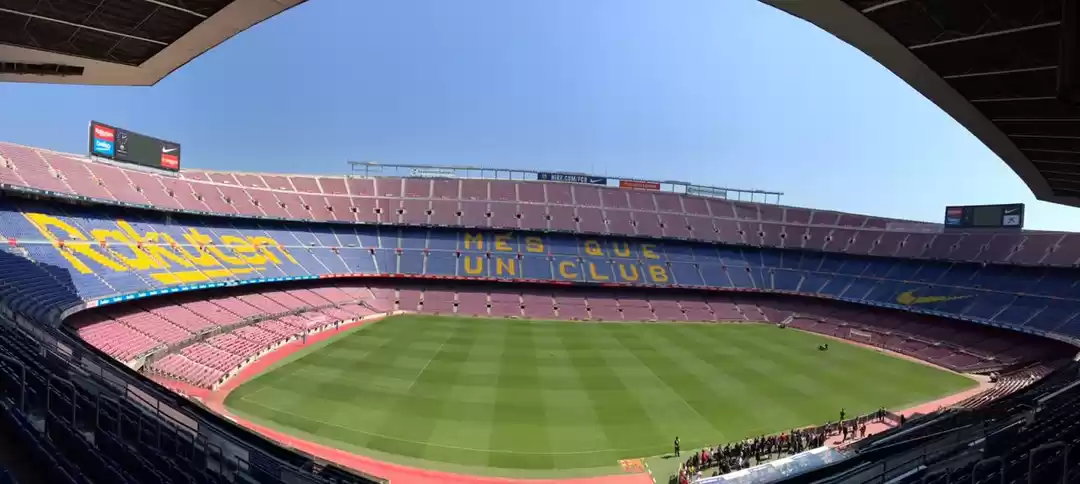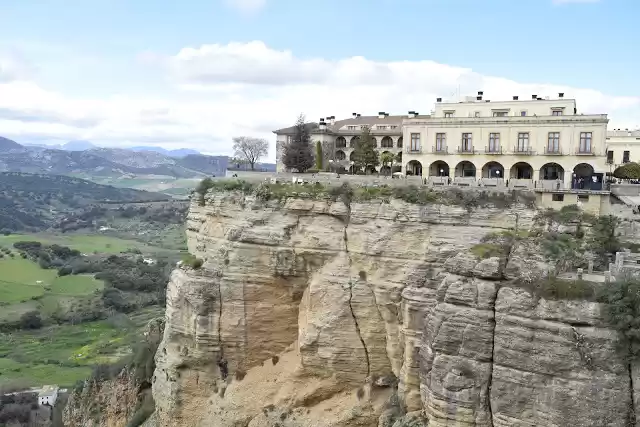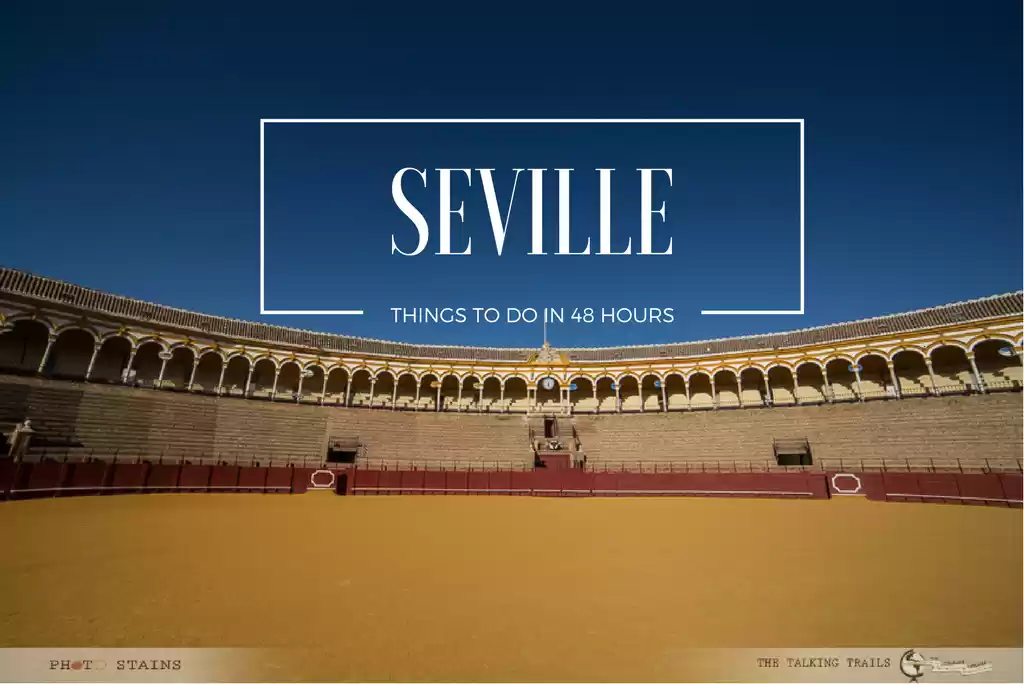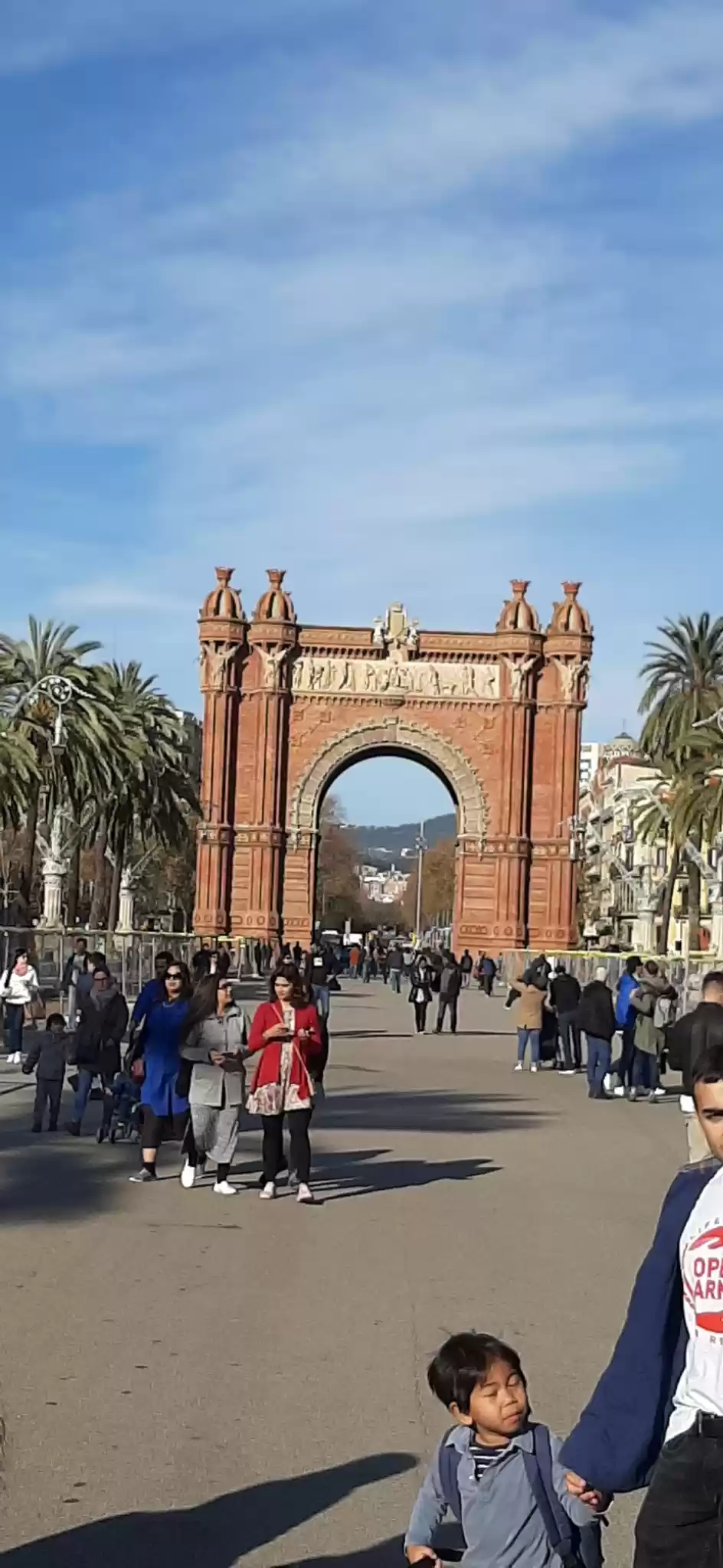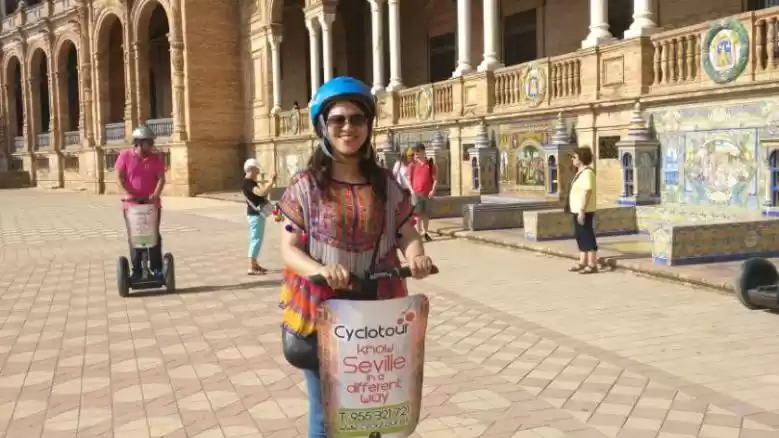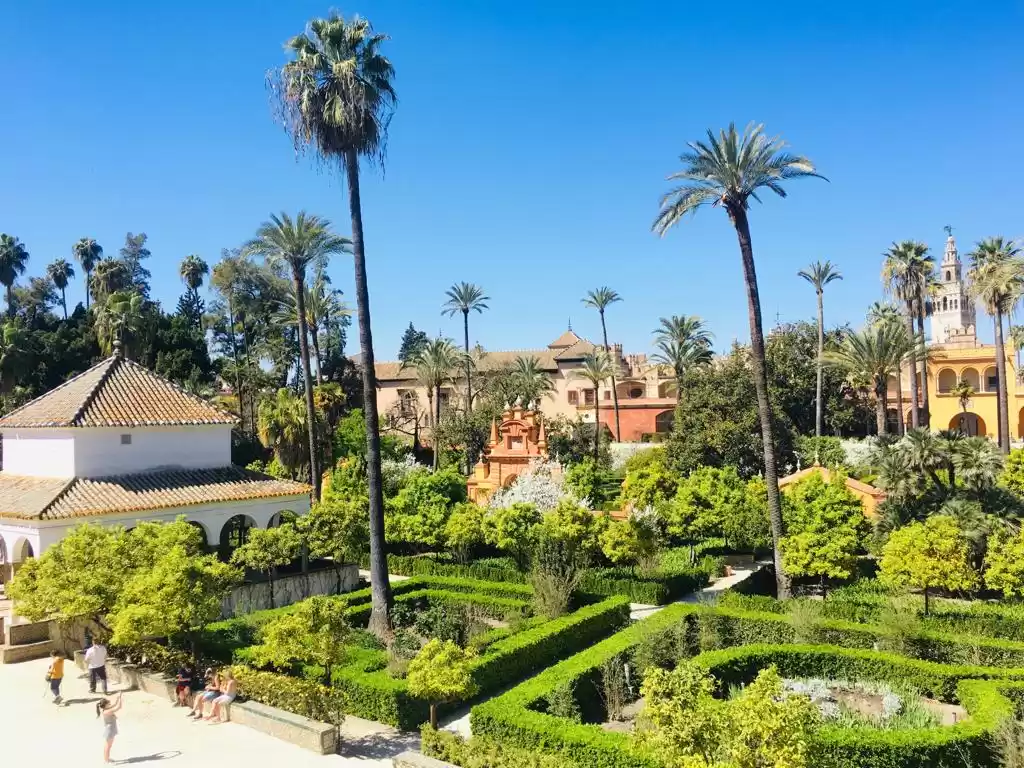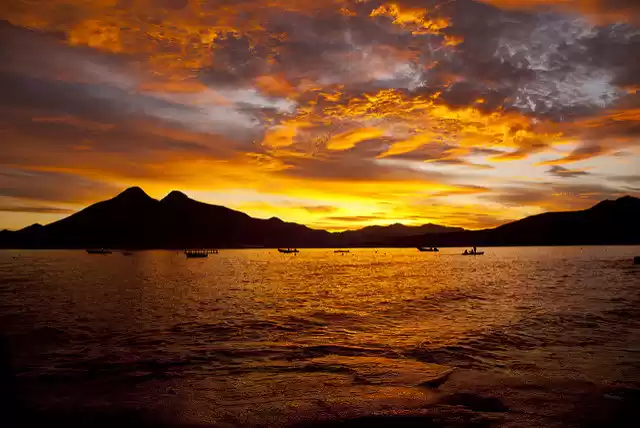Andalusia is renowned for its stunning monuments and the sunny beach resorts but one of the highlights of the region is its pueblo blancos or the white villages. These villages located in glorious backdrops, with most of their buildings painted white present a spectacular sight. Ronda is probably the most famous and most visited of these white villages though it is certainly more of a town than a village in terms of its population and size.




There was only one train from Malaga to Ronda which departed at 10:05 am and reached at 11:56 am. The return train from Ronda was scheduled at 16:50 which gave us a little over four hours to explore the city. Ronda is such a beautiful place that one can easily spend double that time walking through the town but we had to make do with those four and a bit hours.


PLAZA DE TOROS - THE BULLRING OF RONDA
Bullfighting is one sport that is inextricably linked to Spain and Ronda is considered as the home of modern day bullfighting. Thus, you can imagine the importance associated with the Ronda bullring. The Ronda bullring was inaugurated in 1785 and is one of the oldest in Spain. We walked to the bullring from the station, bought tickets and audio guides and embarked on a tour of the bullring.

We started with the museum which contained information about the history of the bullring, costumes worn by the matadors (bullfighters), weapons used by them, paintings and images related to bullfighting and the portraits of famous matadors including Pedro Romero - the most celebrated and legendary matador who gave rise to the Ronda school or style of bullfighting. This style of bullfighting involved fighting on foot rather than on horseback as was the norm then. From the museum we proceeded to the seating area and then to the ring itself. We saw some other structures including the bullpens after which we exited the building.
Ronda's claim to fame, other than its bullfighting history, is its spectacular setting. Located on a plateau, the town of Ronda is split into two parts by a 120m deep chasm known as El Tajo Gorge. There are three bridges that connect the two parts of the town. Out of the three, Puente Nuevo, built in the 18 th century, is the newest, tallest, largest and the most impressive. The majestic Puente Nuevo along with the River Guadalevín snaking through the gorge, the sheer vertical cliffs, the white buildings and the vast green stretches of Andalusian countryside make for a spellbinding spectacle that hypnotises the visitors and leaves them breathless. I can say this because that was what happened to us when we saw that view for the first time.

Puente Nuevo was situated only a few steps from the bullring but we did not go there directly. We first walked to Balcon del Coño, a viewpoint located on the western edge of the town providing superb views of the countryside and cliffs.
Then we walked to Plaza de España, the square located at one end of Puente Nuevo and had a delicious lunch in one of the many restaurants peppered around the square. Once we were done with our lunch we strolled towards the Puente Nuevo which offered us unforgettable views of the El Tajo Gorge and the River Guadalevín. We crossed the bridge and went to another viewpoint - Mirador de Aldehuela for some more breathtaking views.

While planning our trip to Ronda we had read a blog which suggested a path that takes one down in the valley while offering some fantastic views of Puente Nuevo and the countryside though it did say that the subsequent ascent back to the town can be quite strenuous. Following the principle of "no gain without pain" we decided to undertake the hike.

After crossing the bridge, we took the first right off the main road and walked through the narrow streets of the town for a few minutes which got us to a small square called Plaza de Maria Auxiliadora from where a path zig-zagged down into valley. We started following the path and were glad to have taken the advice offered in that blog as we got to see the Puente Nuevo and the gorge from a completely different angle. We reached the first view point which was essentially just a clearing, but not content with it we decided to keep descending and eventually we reached a second clearing which contained the ruins of a small arched gate. We spent a few minutes there enjoying the entire landscape and then started our ascent. The climb was certainly not among the hardest we had done but the harsh afternoon sun did us no favours and we were drenched in sweat by the time we joined the civilization.

It was time for us to say goodbye to Ronda as we had to catch our train back to Malaga. We certainly missed out on some of the attractions that the town has to offer and we would have loved to explore the town a little more but in spite of that the few hours we spent in Ronda were among our best in Spain.
This blog was originally published on 'TRAVELTELLERS'.




